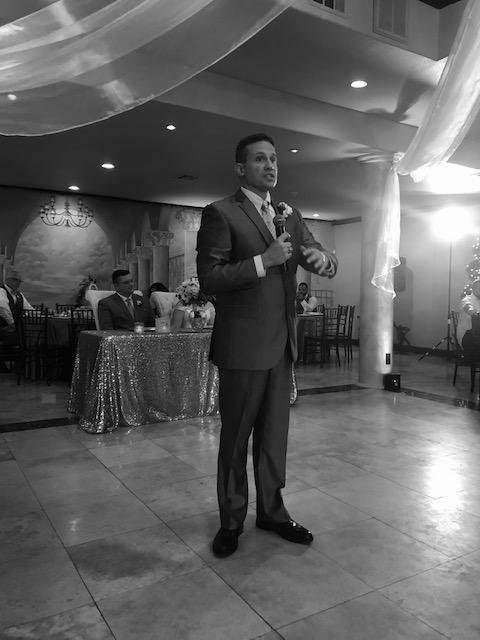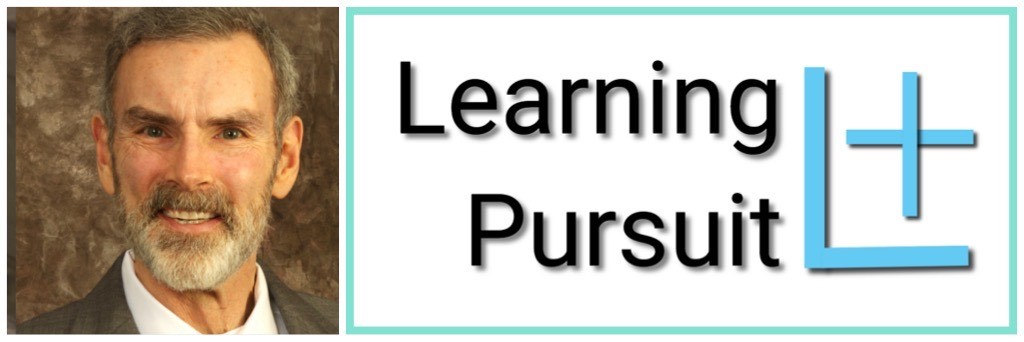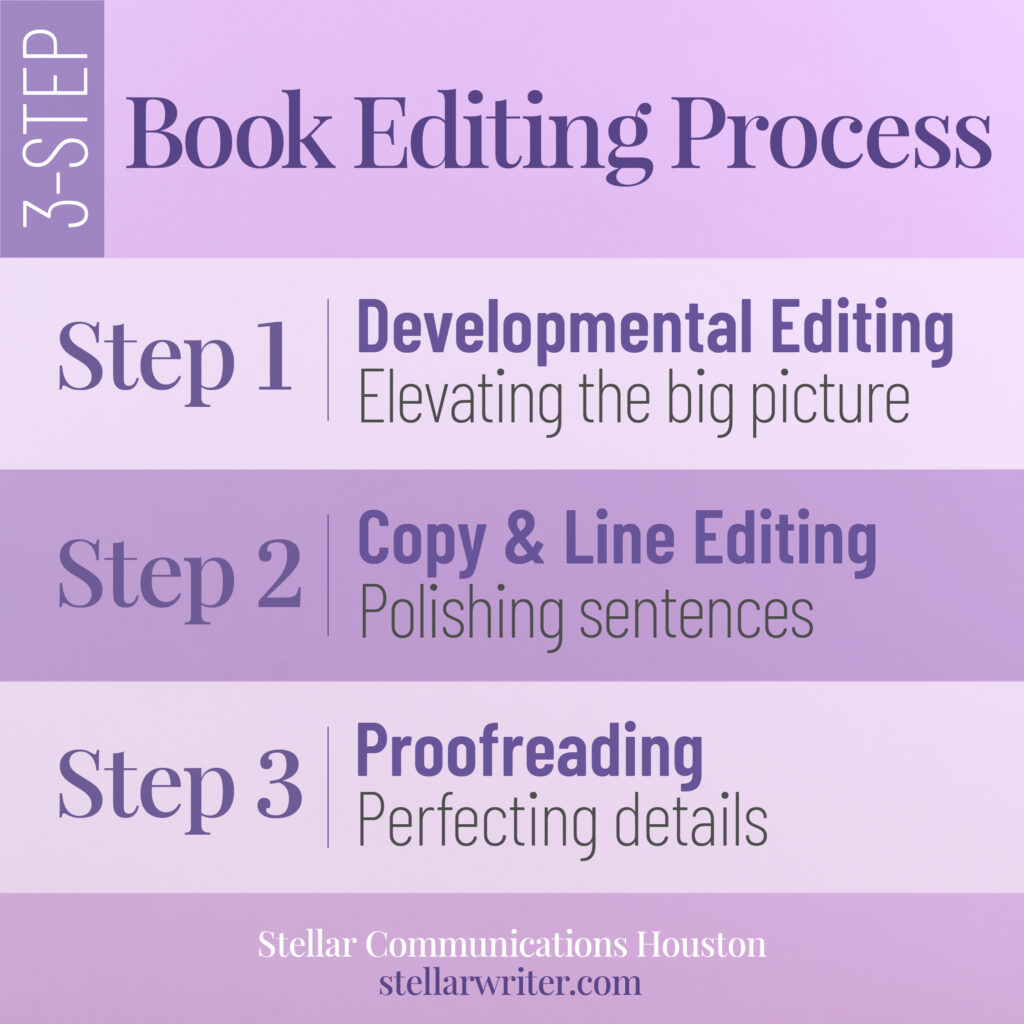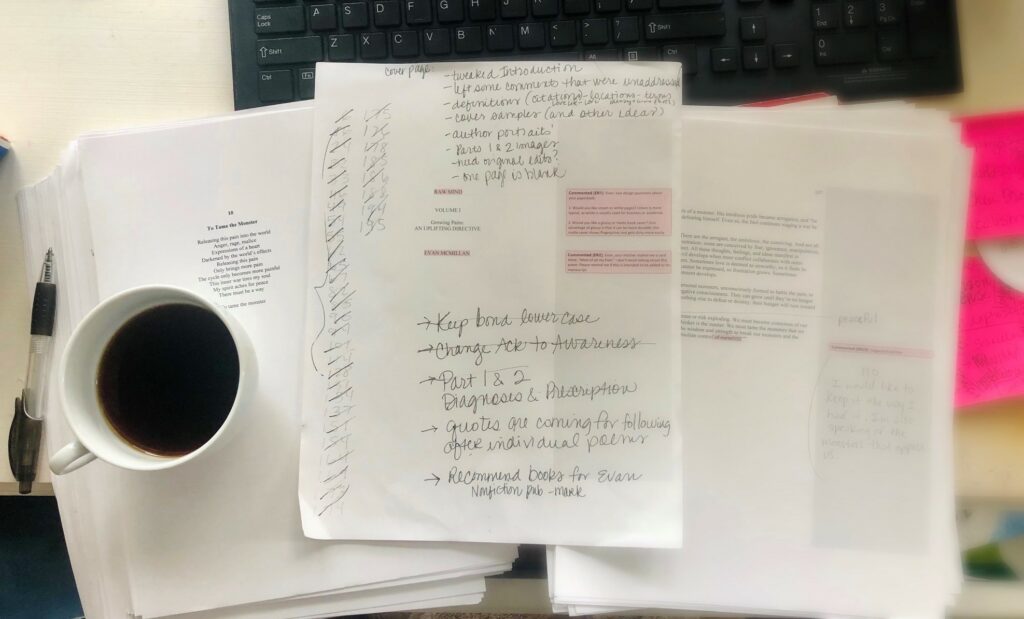Our daughter got married to a wonderful man three and a half years and two grandkids ago. Before the big day, my husband asked me to edit his speech.
It was great. It was also too long.
I nipped and tucked and then calculated the difference. I had shortened it by a whopping . . . one percent!
I edit daily, but I couldn’t bring myself to cut the Kindergarten memory. Or the college anecdote. Or the first-date joke. Everything felt so necessary.
The truth is that we can’t edit effectively when we’re too close to the work. This is why editors often hire other editors to review their work. It’s also why editors need proofreaders to clean up behind them. We need fresh eyes because we grow attached to stories.
(At times, we also need a little literary license. For the big day, I decided to throw out the rule book. My husband delivered the full speech – and nailed it.)

This is why we’re thankful that Dr. Chad Carmack submitted his manuscript for editing. He’s a former school principal and founder of the nonprofit Learning Pursuit. He wrote Mentor Them Or They Will, a manuscript that inspires and coaches adults to be highly effective mentors for at-risk youth.

Chad Carmack, Ed. D., is the founder of the nonprofit Learning Pursuit.
It can be tempting to edit on your own, but Dr. Carmack is intentionally inviting a new perspective to his work. He’s midway through the editing process, and each step is shaping his educational resource into its best form. He says he’s “already a believer” in the three-part editing process because it’s been vital to improving his manuscript.
Want to know the three steps of the book editing process?
We collaborate with many amazing book editors. Here’s a quick guide to their work.

Step 1: Developmental Editing
The first step is developmental editing. Developmental editing is not about making revisions but reading and considering the big picture. Your developmental editor considers aspects like organization, flow, pacing, chapter titles, and marketability.
Dr. Carmarck’s developmental editing process began with a conversation about his goals and market. Then I read his manuscript, took detailed notes, and formed editing recommendations. Afterward, we discussed his editing strategy in a Zoom call.
Many authors want our team to implement the big-picture strategy. Dr. Carmack opted to implement the recommended revisions himself, and his revised Preface is fantastic. It opens with an attention-grabbing story, explains the high stakes of mentoring youth, and makes a promise to his readers. He’s also building downloadable resources to lead readers from his book to his website.
I believe developmental editing is the most critical step for you and your work. It’s about considering new ideas and possibilities for your manuscript. It’s also an opportunity to discern whether an editing team is a good fit for you and your book before collaborating on next steps.
Step 2: Line Editing and Copy Editing
With a developmental plan in place, the next steps are line editing and copy editing. We often combine them into one step.
This is where the bulk of Dr. Carmack’s work is happening. His editor, Rebecca, is polishing his work line by line, chapter by chapter. Her revisions focus on aspects like sentence structure, transitions, clarity, and repetitiveness. She’s also looking at vocabulary level, grammar, and punctuation.
Special attention is paid to the front and back matter. Some authors ask for ghostwriting of these elements for maximum marketing impact. They’re the perfect places to call readers to action.

A peek behind the scenes of the copy and line editing of the poetry collection Raw Mind, by Evan McMillan, published in 2020.
Step 3: Proofreading
Proofreading is the final step in the editing process. I recommend waiting until the book is formatted to perform final proofreading. Depending on your budget, one or two proofreaders are involved in this step.
Proofreaders hunt for errors. They’re on the lookout for typographical mistakes like spelling and punctuation. They also pay attention to page layout issues.
It seems simple enough, but it’s extremely difficult to catch every mistake – so much so that there’s been industry talk about the “publishing standard.” Some say one mistake per 1,000 words is acceptable. One professor who studied professional proofreaders reports an error rate of 91%.
But who wants even one error when you’ve poured your heart, soul, and budget into your book?
(At least you’re not dealing with a manuscript of dictionary proportions. Dictionary compiler Peter Sokolowski calculated that a 99.9% accuracy rate in Webster’s Third Dictionary still means 60,000 typos.)
We proofread as accurately as possible by combining human work with AI tools. And we encourage our authors to proofread, too. It’s worth the extra eyes before we cross the finish line.
Final Thoughts
Your book is your brand and your legacy, so quality matters.
Resist the temptation to rush forward with printing. Slow down and allow your writing to be shaped by a three-step editing process: developmental editing, copy and line editing, and proofreading.
From big-picture strategy to sentence flow to fine details, editing ensures integrity and pride in publishing your best work!
